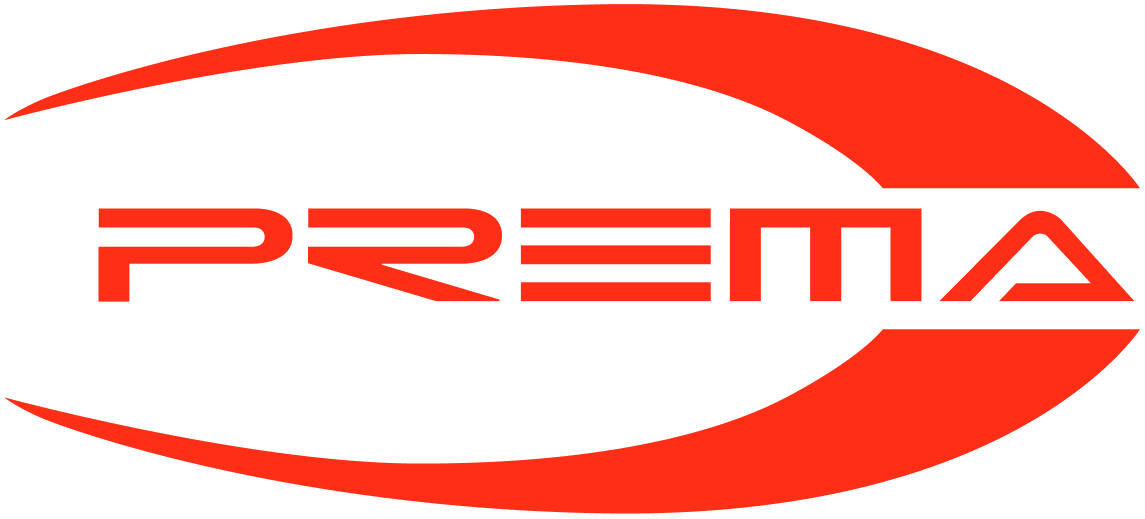Public transit operators may be the unsung experts of compressed air. Every day on the job, they have faith that compressed air systems will adjust pressure accordingly when brakes are applied.
Workers use similar systems to open and close car doors, as well as adjust co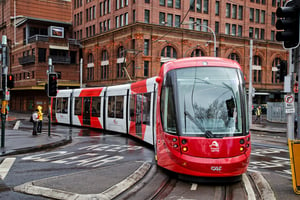 mpressed air outputs based on how many people occupy the vehicle at any given time.
mpressed air outputs based on how many people occupy the vehicle at any given time.
Today, autonomous and manually-operated streetcars, subway trains, metros, monorails, and AGT vehicles rely on compressed air to power many of their integral functionalities. Let’s explore some of the most popular applications:
Light rail transit systems often use compressed air to operate their braking systems. Pioneered by George Westinghouse in the late 19th century, the system has been nearly universally adopted in rail transit. Unlike hydraulic braking systems, which require a finite supply of braking fluid, compressed air braking systems run on a regenerative system of pressurized air.
Compressed air brakes work in three stages:
1. Air is continually pumped into air tanks attached to each car, charging those tanks. The air is then pumped into the brake line, which toggles a valve separating the tank from the brake itself.
2. When the brake is applied, pressure to the brake line is cut off, opening the valve and causing the train to brake.
3. As soon as the air tank fills again, the system is prompted to release the brakes so the train can move again.
You’ve almost certainly seen a pantograph before, even if you didn’t know what it was called. It’s the accordion-like device that connects light rail cars and larger trains with electrical wires – called catenary wires – overhead. Pantographs pull electrical currents from the catenary through a highly-conductive graphite ‘shoe’, which maintains contact by drawing on the braking system’s compressed air supply. This system works well for above-ground trains, where use of a “third rail” to conduct electricity would be dangerous and impractical.
The compression system powering the pantograph is crucial, as any pressure failure therein will result in power loss, and therefore commuter delays. In most cases, the pantograph runs off an auxiliary compressor, since the vehicle’s main compressors often can’t power up until the pantograph has made connection with the catenary wires.
Rail suspension systems once relied upon steel springs. Today, many suspension systems use compressed air –not only to insulate mechanical components from damage and ensure passenger comfort, but also to adjust vehicle ride height.
Air bladders situated between the car chassis and axles are inflated and deflated as necessary to achieve proper ride height. Operators must constantly account for deck height and capacity, adjusting pressure to the suspension system accordingly.
Power braking systems, pantographs, and air suspension are just three in a multitude of rail transit systems — including pneumatic doors and air purification — that rely on compressed air.
Mattei air compressors offer ideal solutions for all applications in the transit industry due to the unique capabilities of our rotary vane technology, which promises a reliable and responsive flow of compressed air. Plus, rotary vane machines operate more quietly than screw compressors, and their pump units are relatively compact, making them the exemplary choice for outfitting light rails and other trains. Mattei Transit Engineering (MTE) offers a full product line of custom-engineered electro-pneumatic test equipment and transit system support packages.
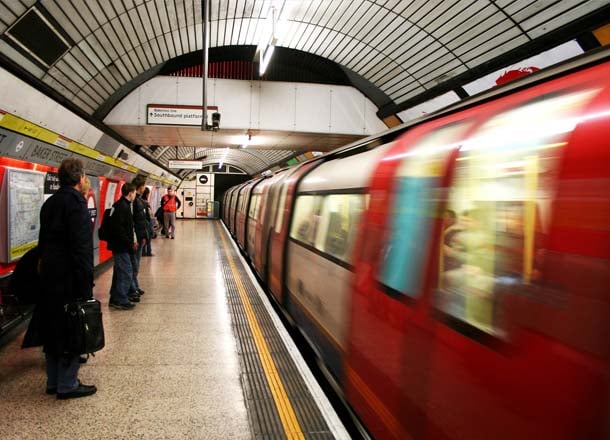
Mattei offers a wide range of vane compressor models that perfectly meet the specific needs of the transport industry.

The reliability of Mattei compressors, the high quality standards of the delivered compressed air and the compliance with the industry regulations, make them ideal to be used in the healthcare and pharmaceutical industry.

Reduced operating costs, environmental sustainability and extreme purity of the air supplied make Mattei compressors suitable for all processes in the food industry.
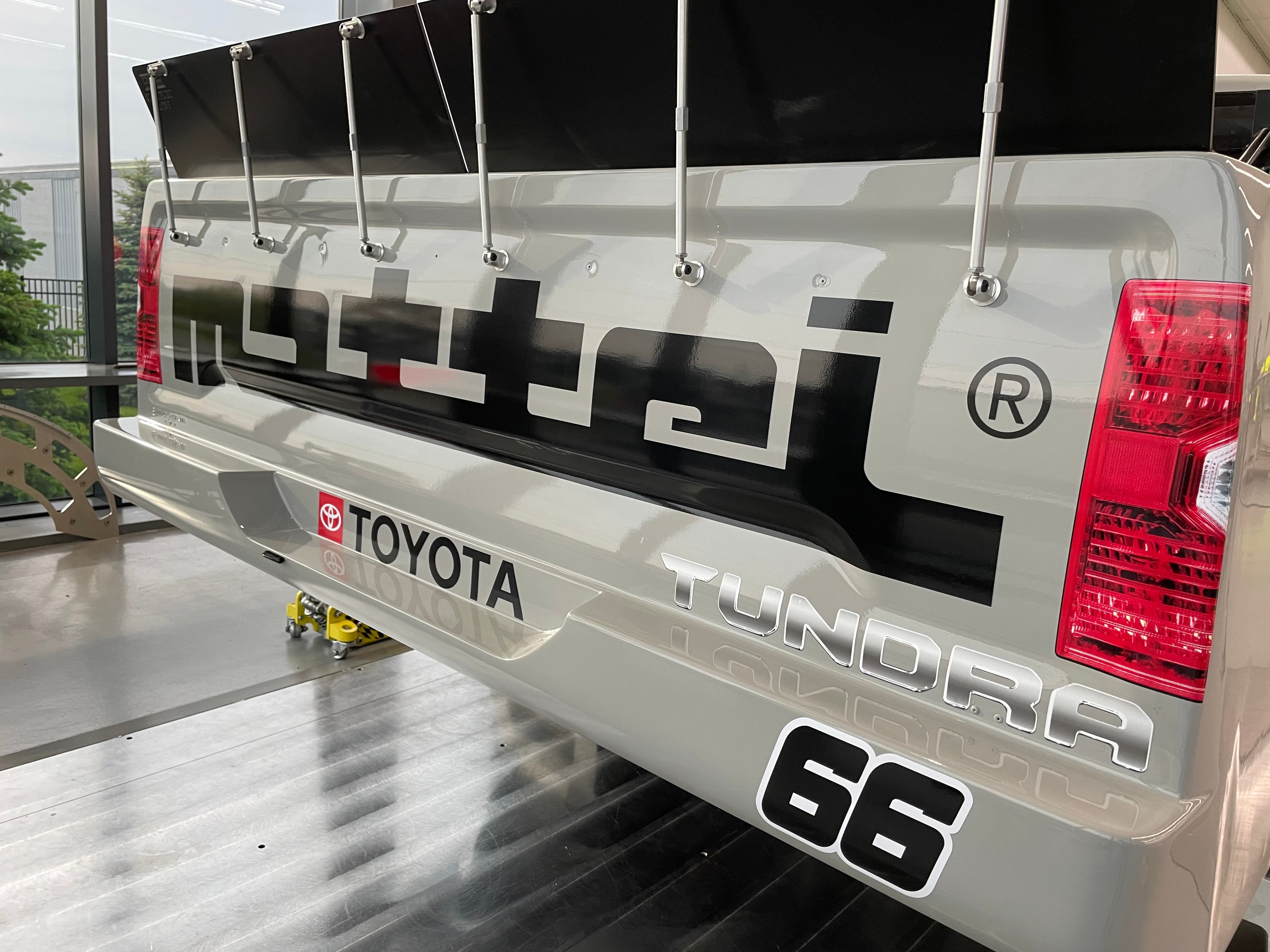
Good luck ThorSport Racing. Waiting to watch the racing!
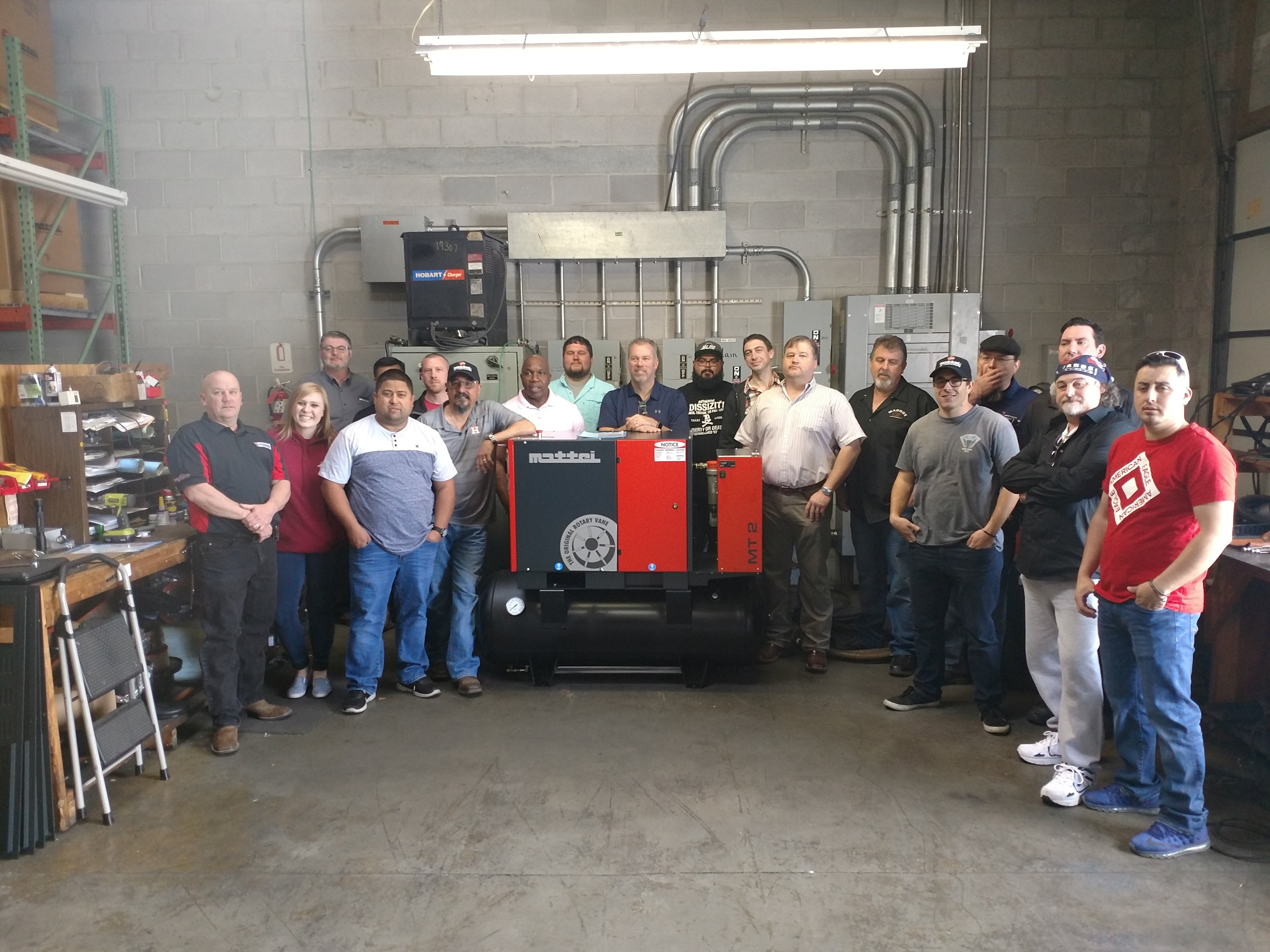
We recently held our Spring 2018 Service School for distributors. The school graduated 17 participants from both the sales and service sides.

Today, Mattei Compressors, Inc., announced the recipients of its 2017 Distributor Awards. These distributors went above and beyond to provide high-quality service to Mattei customers over the past year.
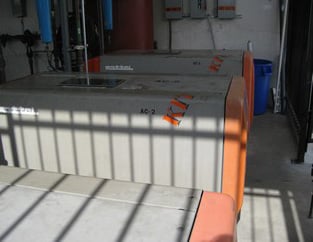
Helix Medical, LLC is widely regarded as a premier supplier of biocompatible silicone medical devices and components to the medical device, pharmaceutical and biotech industries.
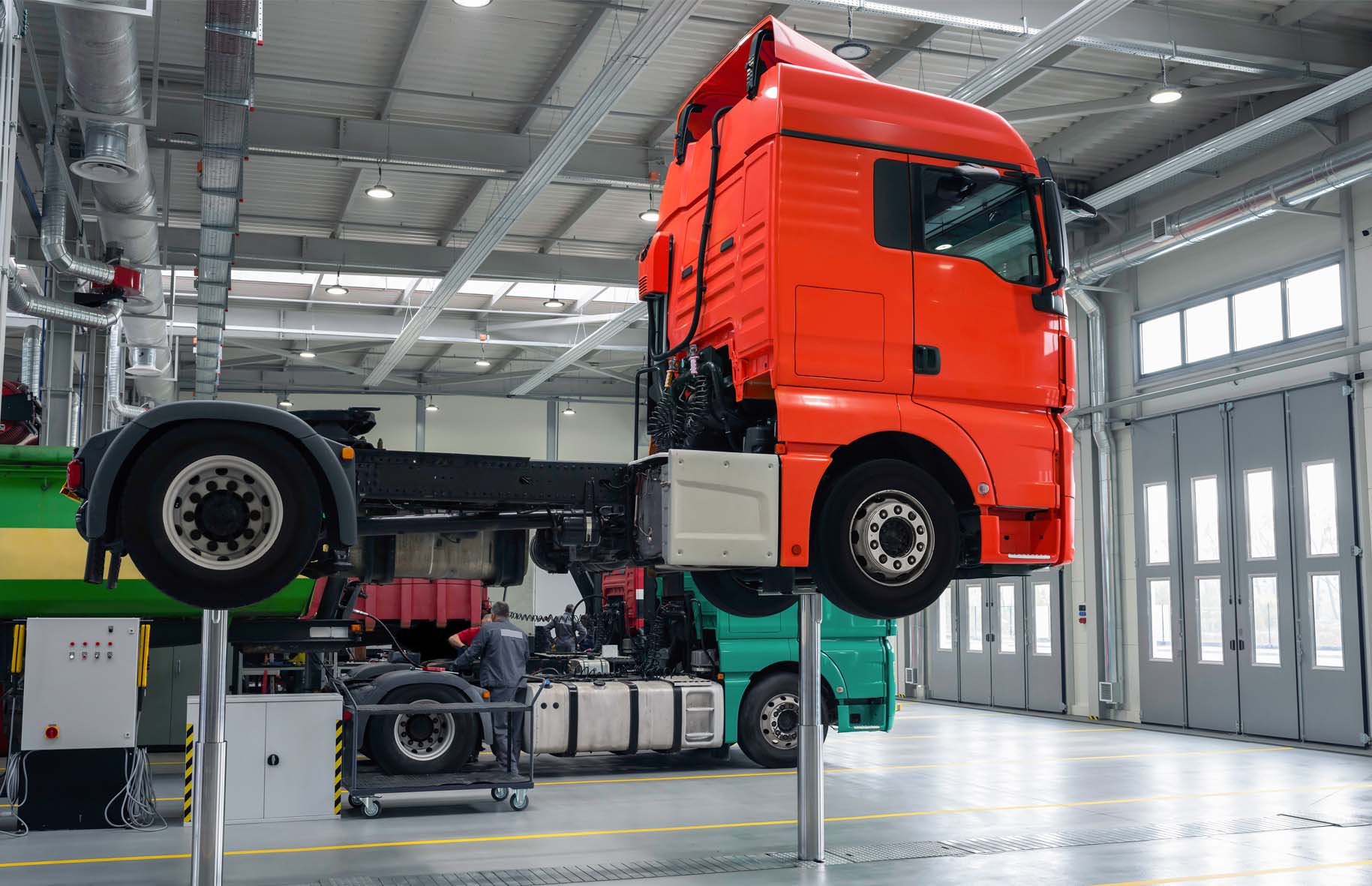
John Baker Sales, a Mattei distributor located in Colorado, worked very closely with Transwest to ascertain the company’s needs prior to making a product recommendation.

